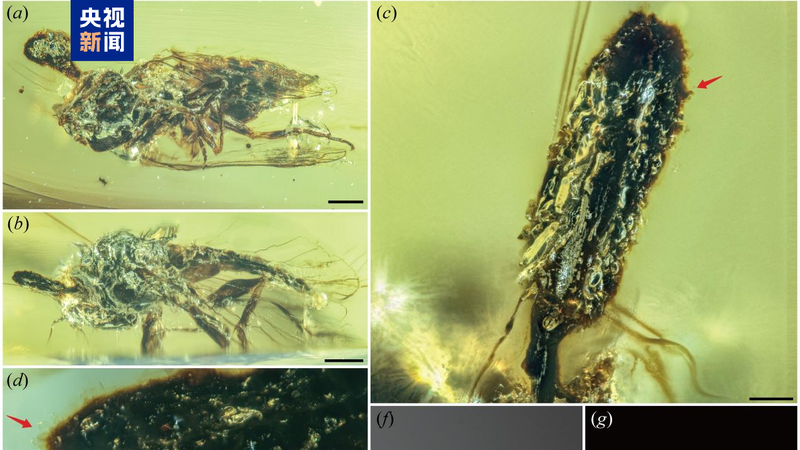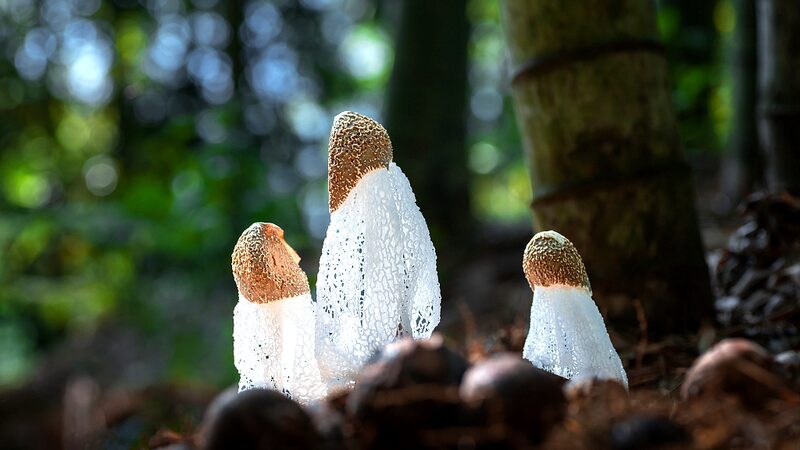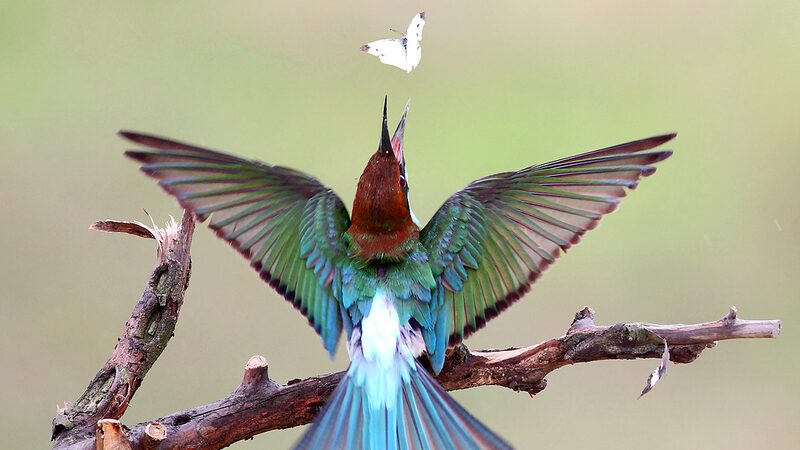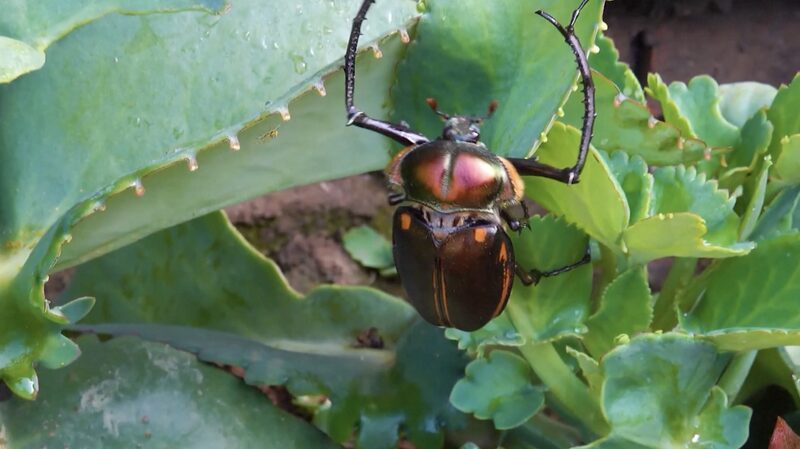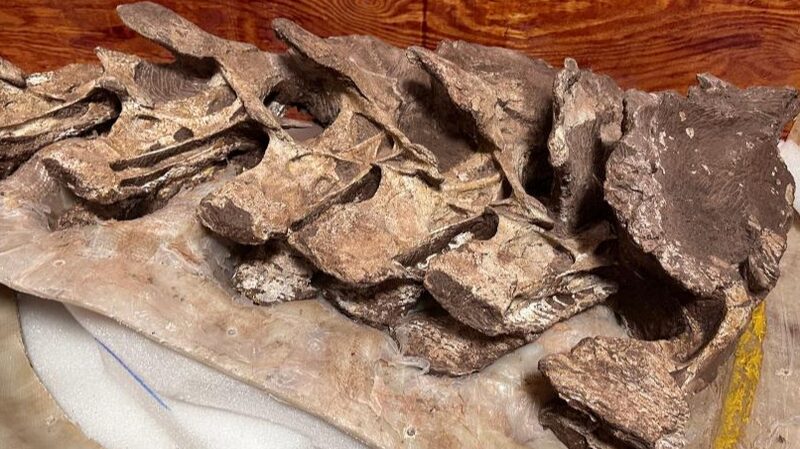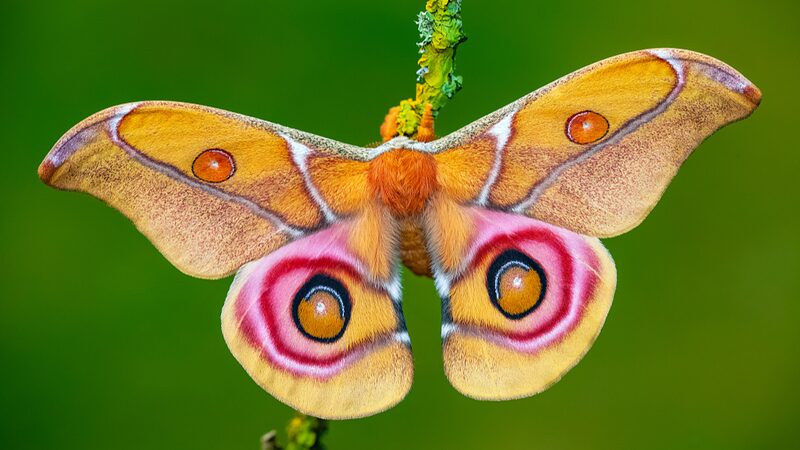Chinese scientists have uncovered two species of parasitic fungi frozen in time within 100-million-year-old amber from Myanmar, offering unprecedented insights into the ancient dance between fungi and insects. The discovery, led by researchers at the Nanjing Institute of Geology and Palaeontology (NIGPAS), reshapes our understanding of evolutionary timelines and biological relationships dating back to the Cretaceous period.
The remarkably preserved specimens—trapped in Kachin amber—reveal intricate details of Ophiocordyceps, a group of fungi known for manipulating insect behavior. Using micro-CT scanning and genetic analysis of 120 modern species, the team traced the fungi’s origins to 130 million years ago, 30 million years earlier than previously believed.
"These fossils are like a time capsule," said Wang Bo, the study’s lead researcher. "They show how these fungi parasitized ants and beetles long before dinosaurs went extinct, challenging existing theories about co-evolution."
Published in Proceedings of the Royal Society B, the findings highlight China’s growing role in paleontological breakthroughs. For investors and researchers, the study underscores amber’s value in unlocking biological mysteries, while travelers and diaspora communities gain a deeper connection to Asia’s prehistoric legacy.
Reference(s):
Chinese scientists discover 100-million-year-old parasitic fungus
cgtn.com
